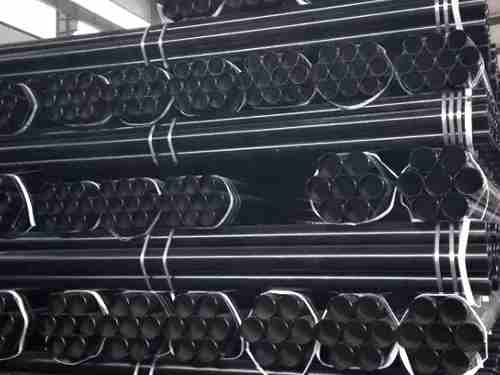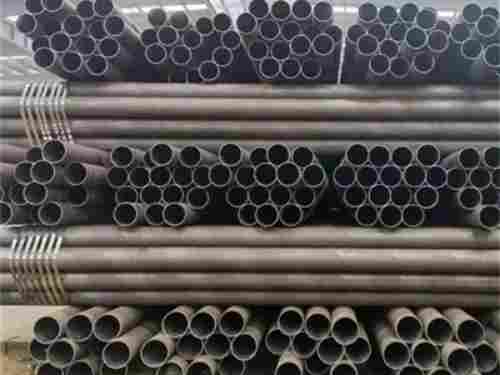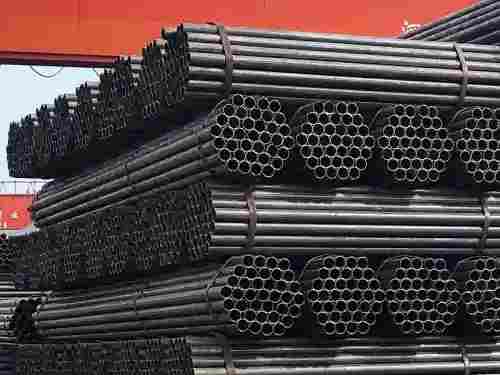What does the PE coating process include?
PE coating process includes:
The first layer: electrostatic spraying welding epoxy primer
Second Layer: Extrusion Bonded Wrap Third Layer: Extruded Polyethylene Wrap Coating
vision test
Impact resistance
Coating thickness
Indentation hardness
vacation test
elongation at break
Lifting weight adhesion test
cathodic stripping
Resistivity
Three-layer PE coating system
advantage:
Excellent corrosion resistance. Ensures extended service life in highly corrosive soils when exposed to acidic or alkaline media
Strong Steel Adhesion: 20 times stronger than traditional plastic tape systems
Excellent cathodic disbondment test results
excellent mechanical resistance
No leaks: Coating is carried out by hot extrusion to ensure continuous and uniform thickness, no air bubbles, and no leaks
high dielectric resistance
Excellent bending capability for pipe laying applications
High impermeability: Compared with other coating systems, HDPE has low water permeability characteristics, which can better isolate the surrounding sea water
Epoxy Lining and Coating
The main field of application for solvent-free epoxy paints is fresh water lines. Coatings cured by this process have excellent corrosion resistance to fresh water, sea water, crude oil and abrasion. It is suitable for thick coats with standard heavy-duty airless spray equipment. Not harmful to grain cargo. It is used as a lining for potable water tanks and pipes where solvent-free materials are required.
If required for potable water use, the surface shall be at least grit blasted. Sa 2½, surface profile corresponds to ISO comparator rough medium (G) profile.
Prior to blasting, oil and grease must be removed by (high pressure) fresh water flushing with suitable detergents, salt and other contaminants. After sandblasting, carefully clean the surface of abrasive and dust.
On steel surfaces exposed to salt water, excessive salt residue from pitting may require dry blasting, high pressure fresh water rinsing, drying, and finally dry blasting again. Alternatively, water jetting can be used if the steel surface already has a surface profile as described above. Application should be done using dual-feed hot airless spray equipment in accordance with the paint manufacturer's recommendations and directions supplied and should be done in a manner to prevent sag and run and to provide adequate thickness in crevices and angles.
There are two methods of application; a fixed boom system consisting of: a fixed boom and pipe dolly for linear motion and pipe turning rollers on a pipe dolly for circular motion. Mobile jib system includes: jib/jib and pipe turning roller unit
Liquid Solvent Free Epoxy Lining System
The advantages of solvent-free coatings combine technical, economical and ecological aspects.
Solvent-free epoxy coatings do not support the growth of bacteria and fungi.
Solvent-free epoxy coatings have no effect on drinking water quality. The coating should neither affect the taste and flavor of the drinking water nor migrate any substance into the water in an amount that would be detrimental to the health of the consumer.
In soft water areas, solvent-free epoxy coatings offer advantages over cement mortar linings, with a properly applied epoxy coating having a life expectancy in excess of 60 years.
Epoxy Coating Test
surface cleanliness
Surface roughness
Coating thickness
Shore D Hardness
Impact resistance
Adhesion Test - Pull Off
Curing test
Electrical insulation test
Cathodic disbondment test

 English
English Español
Español











